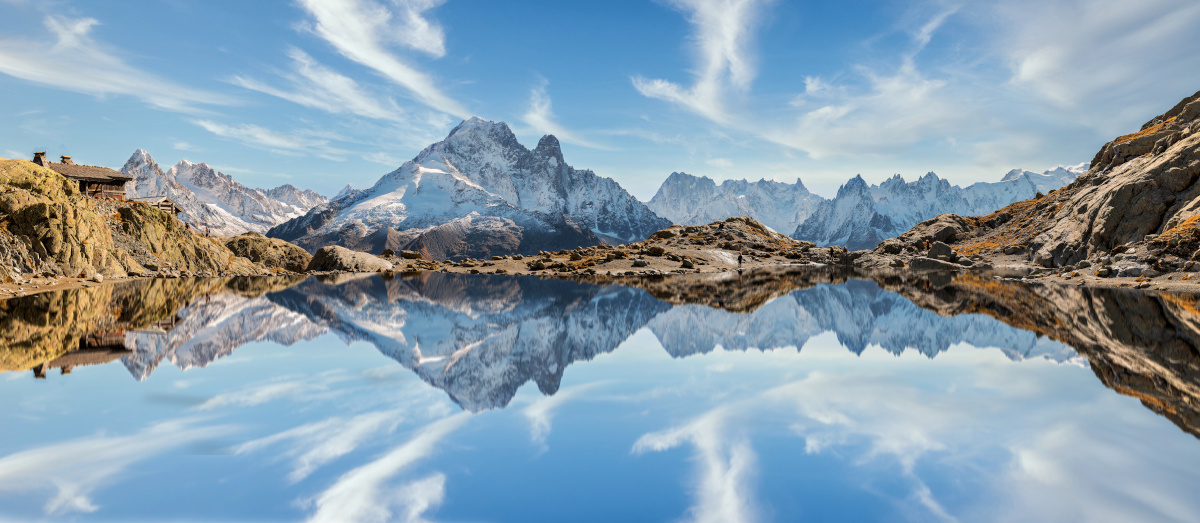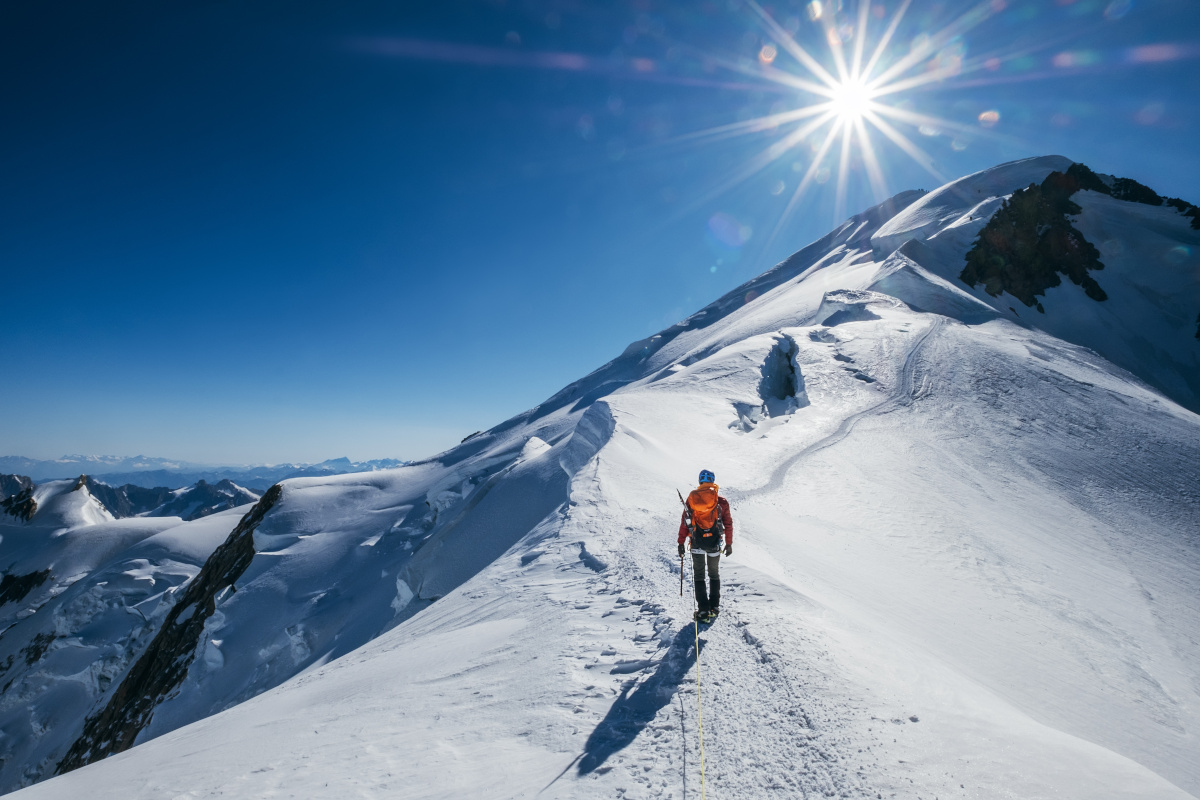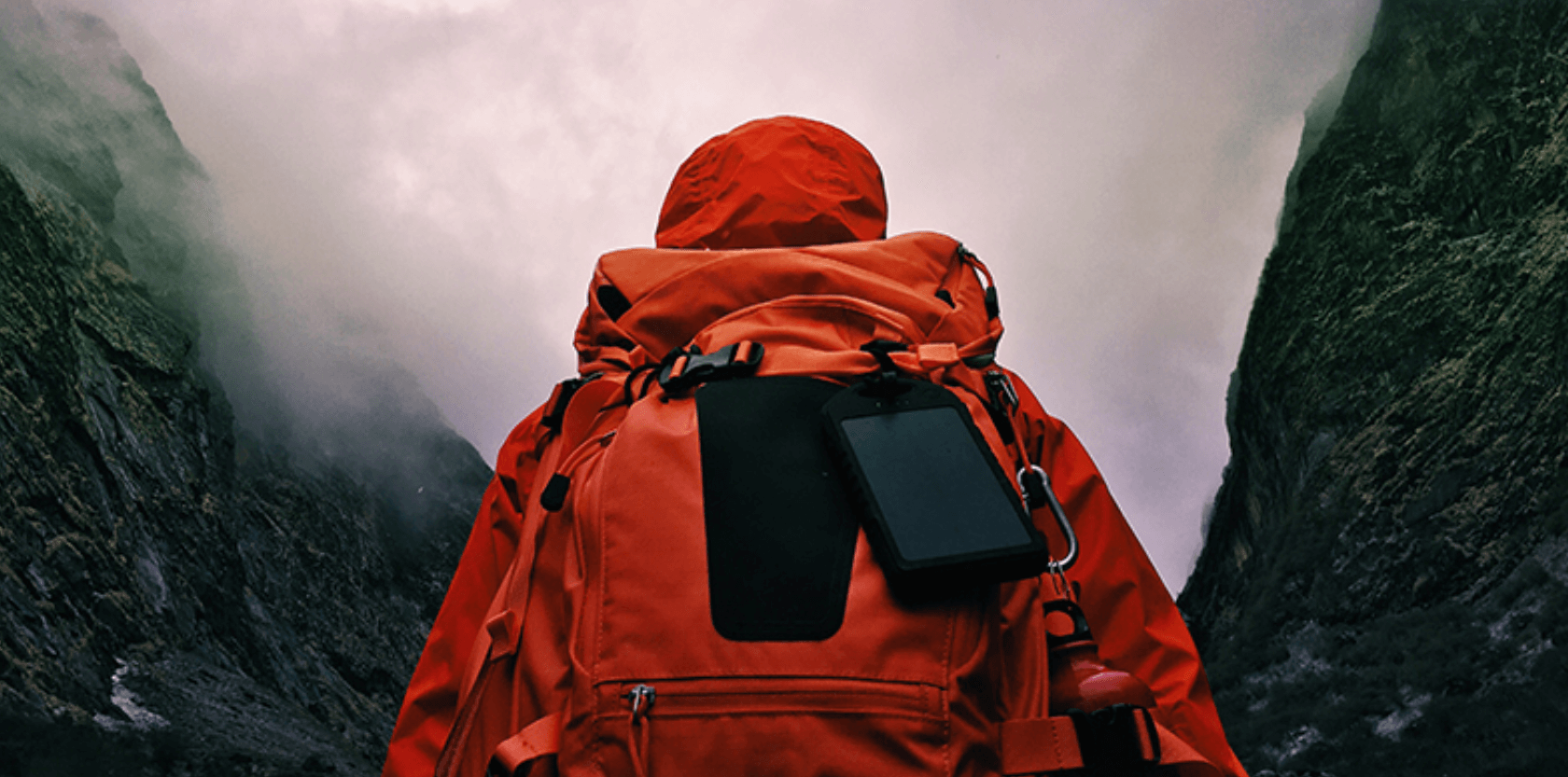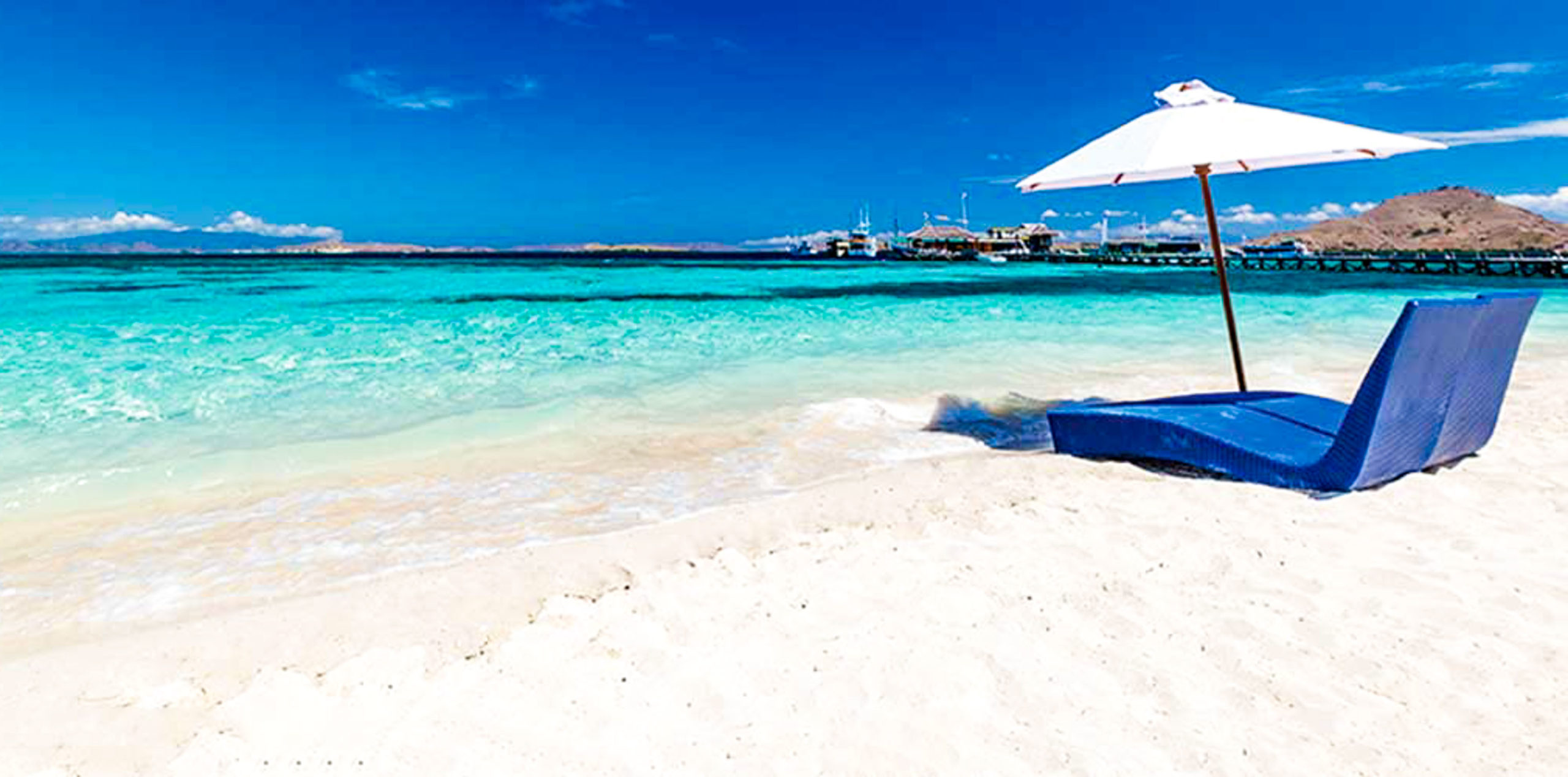
Trekking Insurance for the Tour du Mont Blanc
Why You Need Trekking Insurance for the TMB
The Tour du Mont Blanc (TMB) is one of the most spectacular long-distance hikes in the world, brimming with adventure as it winds through the French, Italian, and Swiss Alps. With over 10,000 meters of elevation change and high alpine passes like Col du Bonhomme and Col de la Seigne, it’s both physically demanding and logistically complex.
Trekkers often spend months booking refuges (mountain huts), syncing transport, and coordinating with groups, all while managing fitness prep and gear. But sudden weather, injury, or transportation disruptions can throw even the most detailed itinerary off track - and perhaps force you to pay a significant cost.
Example: Sudden storms near Col de la Seigne can trigger route changes or rescue situations. Refuge bookings across France, Italy, and Switzerland are often non-refundable.A comprehensive Tour du Mont Blanc trekking insurance plan ensures that when plans change or accidents happen, your finances and well-being don’t take an extremely expensive hit. Cross-Border Medical Care, Alpine Rescue, and Trip Delay Protection are just some of the essentials that keep you covered as you move across borders, languages, and elevations.
Compare travel insurance options for multi-day hikes.

Common Risks for Tour du Mont Blanc Trekkers
One of the TMB’s major risks is rapidly changing weather, which can lead to hypothermia or dangerous trail conditions as snow can fall even in summer! Altitude and terrain pose challenges too; while not extremely high, the cumulative elevation gain and steep descents can cause fatigue, accidents or injuries like twisted ankles.
Navigation errors are another common issue, especially in poor visibility, leading some hikers off-route. Dehydration and sun exposure can affect those unprepared for the sun’s intensity at altitude. Finally, wildlife encounters, such as with aggressive ibex, can be another issue. Being physically prepared, carrying the right gear, and monitoring weather and trail conditions are essential to reduce these risks and ensure a safer trek.
Weather and Trail Conditions
The TMB is renowned for its unpredictable alpine weather. Expect sun, rain, wind, or even snow at higher elevations. Trails may be muddy, rocky, or snow-covered, especially early in the season. Always check forecasts and trail conditions daily, and be prepared with proper clothing and gear.
Even in summer, trekkers may face:
- Sudden storms over high passes like Fenêtre d’Arpette
- Heavy fog making navigation difficult
- Rockfall, trail washouts, or other unforeseen events, leading to emergency detours
Local impact: Heavy rain can trigger flooding near Les Chapieux or Bovine, forcing long detours or even trip cancellation.
Specially designed Alpine Rescue coverage is crucial for helicopter evacuations or professional mountain medics if conditions worsen rapidly.
Injuries and Strain
TMB’s long ascents and steeper descents test even seasoned trekkers. Injuries and physical strain are common due to long distances, steep ascents, and rugged terrain. Blisters, twisted ankles, and knee pain are frequent issues. Proper training before you start hiking, supportive footwear, and using trekking poles can help reduce the risk and manage physical stress during the trek.
Common issues include:
- Knee injuries after hours of descending rocky switchbacks
- Altitude-related fatigue, especially on multi-day climbs
- Sprains or blisters that derail hiking days
Additionally, illnesses can certainly happen – especially when travelling in a foreign country.
When help is needed due to an accident or illness, ground teams or air rescue may be the only options in remote areas. Not all countries offer reciprocal healthcare, especially in mountain zones.
Redpoint’s Ripcord plan for alpine trekking includes mountain evacuation and medical coordination.
Gear Loss or Travel Delays
Gear loss, travel delays and other unforeseen events can disrupt your adventure. Many hikers frequently arrive via Milan, Paris, or Geneva airports which are all prone to airline mishaps and delayed luggage. Lost baggage, missed transfers, or delayed supplies can affect your schedule and safety. Pack essentials in your carry-on, bring backup items when possible, and build flexibility into your itinerary to manage unexpected changes or setbacks effectively.
Issues include:
- Lost baggage or backpacks with critical gear like your broken-in boots or trekking poles
- Delayed luggage, causing missed starts
- Transit strikes or train issues delaying arrival in Chamonix or Courmayeur
Example: Luggage delays at Geneva or Milan airports are common for international trekkers.
A good policy covers gear replacement and luggage delays, letting you buy essentials on arrival without having to pay an extra cost.
Trip Interruptions
Trip interruptions on the Tour du Mont Blanc can be caused by sudden weather changes, injuries, illness, or transportation strikes. Trail closures due to rockfalls or snow are also possible. Staying informed, having travel insurance, and planning alternate routes or rest days can help manage these unexpected disruptions and costs.
After all, even perfectly planned itineraries face disruptions like
- Border closures or protests affecting local transport
- Non-refundable refuge deposits
- Injuries mid-hike, causing you to exit early
- Illnesses like food poisoning, flu, or wors,e can delay or even cancel your trekking adventure
Example: A strike in Italy could cancel buses to Courmayeur, making you miss a hut night for which you’ve already paid.
Look for policies with specially designed Refuge Reimbursement and Trip Interruption Coverage.
What to Look for in a TMB Trekking Insurance Policy
Emergency Medical & Rescue
A quality TMB policy must include:
- Alpine evacuation by helicopter or trained rescue staff
- Cross-border care, as you’ll hike through three countries
- Direct coordination with local emergency services
Baggage and Gear Protection
- Essential for those flying into Europe with key trekking equipment:
- Coverage for lost or delayed luggage at major European hubs
- Reimbursement for gear replacements, including boots, poles, and outerwear
- Protection for passports and electronics
Example: A misplaced duffel at Milan Malpensa could force last-minute purchases in Chamonix or Les Houches.
Trip Delay or Trip Cancellation
Hiking insurance should include:
- Delay coverage if weather or transit issues make you miss a stage
- Trip cancellation insurance for non-refundable bookings
- Support for transport rerouting or early exit from the trail
Activity and Region Inclusion
Not all insurers cover:
- Trekking above 2,500m, which many TMB variants exceed
- Multi-country hikes or off-grid rescue
- Refuge stays, even if pre-booked
Redpoint plans are built for multi-nation hut-to-hut trekking, covering both guided and solo hikers.
What Specially Designed Redpoint Plan is Right for You?
|
|
|
|
|
|---|---|---|---|
| Plan Description | Best evacuation and rescue with the premier travel insurance designed for adventurers | Best evacuation with the premier travel insurance coverages designed for passionate travelers | Standard industry travel insurance for “budget conscious” travelers |
| For These Trips | Travel to remote locations or developing countries without immediate access to quality emergency medical services (ambulance | Travel to developed locations with immediate access to quality emergency medical services (ambulances) | Best for domestic or budget travel. Medical evacuation to local suitable hospital as determined by the attending physician |
| Best For These Activities | Adventure seekers, climbers, skiers, sports enthusiasts, hunters, expeditions, safaris, remote travel, international travelers, humanitarian efforts, and more | Major international tourist attractions, bicycle touring, day hiking, cultural experiences, urban travel, leisure travel, luxury trips, and more | Domestic travel and leisure activities |
| For These Travelers | Travelers who want evacuation and rescue from the point of emergency home combined with premier trip cancellation/interruption, primary medical expense coverage, and more* | Travelers who want evacuation home if they’re hospitalized combined with premier trip cancellation/interruption, primary medical expense coverage, and more* | Budget-conscious. Content with medical evacuation to the nearest appropriate facility only if medically necessary |
| Includes Rescue From Point Of Injury Or Illness | |||
| Includes Optional Security Extraction For Unexpected Natural Disasters, Terrorism, Civil War, And Other Dangerous, Chaotic Events | |||
| Includes 24/7/365 Access To Paramedics, Nurses, And Military Veterans | |||
| View Ripcord | View Cavalry | View Harbor |
Essential Trekking Tips for the Tour du Mont Blanc
Trekking the TMB is a rewarding but demanding adventure, and preparation is key to a successful experience. One essential tip is to train in advance, as the TMB covers around 170 km with significant elevation gain. Cardiovascular fitness, endurance, and strong legs are crucial. Practice hiking on uneven terrain with a loaded backpack to simulate trail conditions.
Pack light but smart. Bring essentials like a good-quality waterproof jacket, layered clothing, a first-aid kit, and blister care supplies. Footwear should be well-broken-in hiking boots with strong ankle support. Trekking poles can help reduce strain on knees during steep descents.
Plan your accommodations well in advance, especially during high season (July–August), as mountain refuges and hotels fill up quickly. If you’re camping, know the rules in each country as wild camping is restricted in many areas. Note too that several refuges do offer private rooms.
Stay informed about weather forecasts and be flexible with your itinerary. Mountain weather can change rapidly, and safety should always come first. Carry a detailed map or GPS and know how to use them, even if trails are well-marked.
Finally, respect the trail and local culture. Greet fellow hikers, carry out all waste, and be mindful of the fragile alpine environment to help preserve it for others.
Packing for Alpine Weather
The Alps are infamous for sun, snow, and rain in a single day. Be ready with:
Clothing
- Moisture-wicking base layers (top and bottom)
- Insulating mid-layer (fleece or down jacket)
- Waterproof and windproof jacket (Gore-Tex or similar)
- Waterproof pants
- Hiking pants/shorts
- T-shirts (synthetic or merino wool)
- Lightweight gloves
- Warm hat/beanie
- Sun hat or cap
- Buff or neck gaiter
- 3–4 pairs of hiking socks (wool or synthetic)
- Underwear (quick-dry)
- Sleepwear or evening clothes (for refuges)
Footwear
- Well-broken-in hiking boots (ankle support)
- Lightweight camp shoes or sandals
- Optional: gaiters (for early-season snow or mud)
Gear
- Backpack (30–40L with rain cover)
- Daypack (if using luggage transfer)
- Trekking poles (adjustable)
- Sleeping bag liner (required in most refuges)
- Headlamp with spare batteries
- Sunglasses (UV protection)
- Water bottles or hydration system (2L minimum)
- Lightweight towel
- Small dry bags or ziplocks for organizing gear
Toiletries & Health
- Sunscreen and lip balm (SPF 30+)
- Personal toiletries (travel-sized)
- First-aid kit (blister care, pain relievers, bandages)
- Hand sanitizer and wet wipes
- Any prescription medications
Navigation & Documents
- Map or GPS device/app (with offline maps)
- Compass (if needed)
- Guidebook (optional)
- Passport and ID
- Health/travel insurance details
- Credit card and some cash (Euros and Swiss Francs)
Extras
- Snacks (trail mix, energy bars)
- Mobile phone and charger/power bank
- Lightweight journal or book
- Earplugs (for refuge dorms)
- Lightweight stuff sack for laundry
Trail Etiquette and Safety
Respect the trail community and stay safe:
- Yield to uphill hikers
- Give space to livestock and wildlife
- Carry passport and insurance info — you’ll cross multiple borders
- Download offline GPS maps (e.g., Gaia, Maps.me)
Booking and Route Logistics
Booking and route logistics for the Tour du Mont Blanc require advance planning, especially in peak season. Decide on your direction (clockwise or counterclockwise) and daily stages. Luggage transfer services and shuttle options can ease the journey. Booking platforms or agencies can help coordinate accommodations and logistics.
The TMB gets busier every year. So plan early and consider:
- Refuges and hotels fill quickly (particularly the refuges’ limited private room accommodations), so reserve four to six months ahead
- Carry printed confirmations and route maps (some spots lack cell service)
- Consider variants like Col des Fours or the scenic Bovine Route
- Each refuge bed comes with a mattress (& sheet), a duvet and a pillow case with cover; however, the linen will not have been washed since the last trekker, so your own sleeping bag liner is essential and you will not be
- allowed to stay without one
Tip: Refuge cancellations are rarely refunded without travel protection.
FAQs About TMB Trekking Insurance




